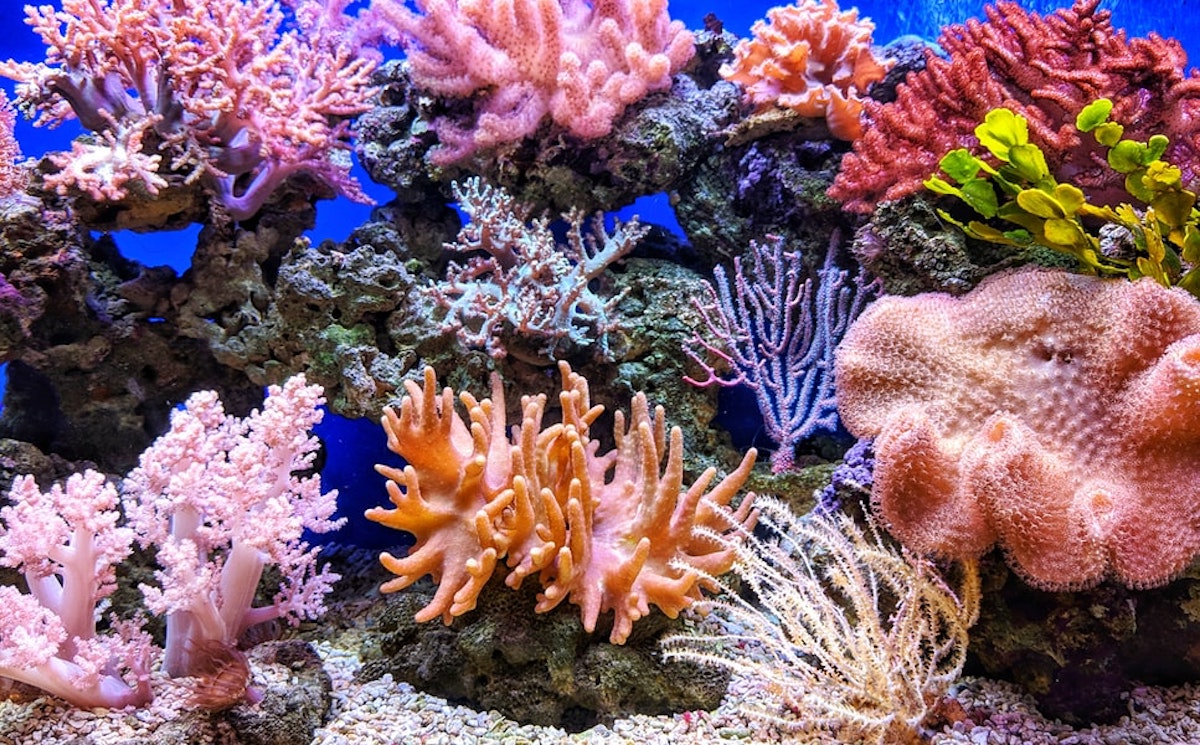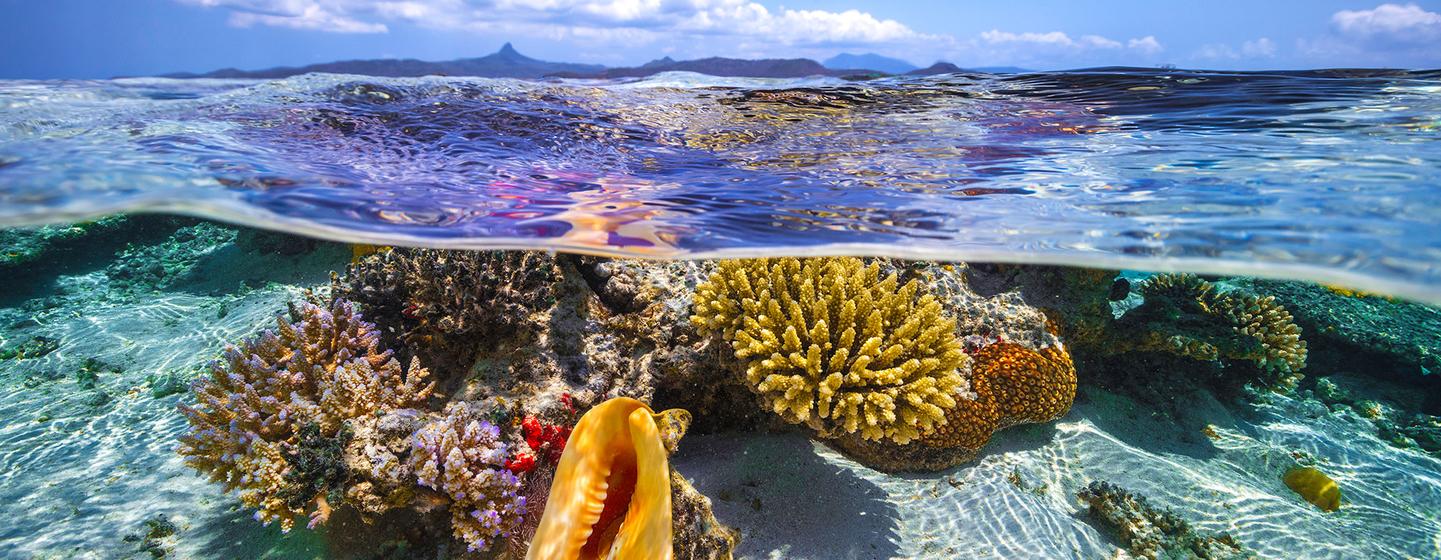Introduction
Coral reefs are the most diverse of all marine ecosystems. They teem with life, with perhaps one-quarter of all ocean species depending on reefs for food and shelter. This is a remarkable statistic when you consider that reefs cover just a tiny fraction (less than one percent) of the earth’s surface and less than two percent of the ocean bottom. Because they are so diverse, coral reefs are often called the rainforests of the sea.
Coral reefs are also very important to people. The value of coral reefs has been estimated at 30 billion U.S. dollars and perhaps as much as 172 billion U.S. dollars each year, providing food, protection of shorelines, jobs based on tourism, and even medicines.
Unfortunately, people also pose the greatest threat to coral reefs. Overfishing and destructive fishing, pollution, warming, changing ocean chemistry, and invasive species are all taking a huge toll. In some places, reefs have been entirely destroyed, and in many places reefs today are a pale shadow of what they once were.
What Are Corals?
Animal, Vegetable & Mineral

Coral Diversity


